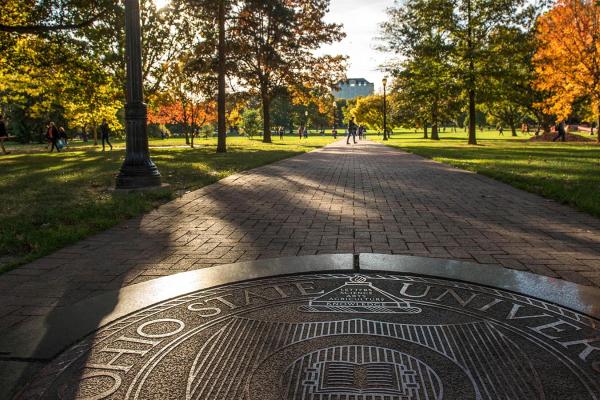California: America's Salty Breadbasket

California is often referred to as the breadbasket of the world due to its rich agricultural industry. Water supply and water quality are topics I would hear about almost every day as the most recent drought brought uncertainty to the industry. We can look to history and the fall of Mesopotamia and draw comparisons to the current state of California. Mesopotamia was once a fertile land, and it is said to be the region in which agriculture and irrigation were developed. However, its rich supply of water was depleted as the population increased and dams were built. Soon after a plethora of issues arose, including conflicts which led to the demise of the once thriving region. As we look for solutions to California’s salinity issues, we must not repeat history. California has proposed discharging salty water into the ocean as a solution; however, in the process fish and wildlife are threatened. Reducing salinity in agricultural fields has proven to be a great challenge and the solution will be extremely complex.
The Salton Sea, California’s largest lake, was once a major attraction for visitors. Recently the salinity levels increased, resulting in fish and bird deaths. Attempts have been continuously made to come up with a plan to restore the lake, however the irrigation district hadn’t approved a restoration project until recently. The approval was announced May 7th, 2019 and will allow the state to begin the restoration project at the Salton Sea. Massive bird and fish die-offs were reported before 2000, yet the restoration project has just been cleared to start. The recent prolonged drought has increased the effects on the environment, and consequently wildlife has also been affected. The water has rescinded leading to fish die-offs, loss of bird habitat, and an increase in exposed desert floor. Birds and fish play an important ecological role, and their absence further affects the environment and wildlife while the increase in desert floor contributes to an increase in dust that can affect crop productivity. The Salton Sea serves as an example of how long it can take for action to be taken.
Building dams and canals to discharge water high in salts out of the San Joaquin Valley will be economically costly, and an uphill battle with environmental activists can be expected. The San Luis Drain project was a plan to funnel agricultural drainage water into the ocean by building a 188-mile canal. As building of the canal began in 1968 so did the unexpected consequences. Toxic concentrations of trace elements were causing harm to fish, and the project was abandoned in 1975 after 87 miles had been completed. Evaporation ponds have been proposed as a local sink to accumulate the salts in one location; however, this also has negative implications on the environment since the high concentrations can be harmful to local wildlife.
The challenge we face as young scientists revolves around sustainability. How do we find a solution that benefits us, the environment, and wildlife? Finding a balance may help mitigate the negative effects on all aspects. California agricultural production has been hindered by salinity issues; however, agriculture is not the only thing affected by salinity. The solution will require input from a wide range of knowledge as we will have to think outside of the box.
Written by TPS Fellow Josue Diaz
